Welcome to animals that start with y.
Animals whose names start with ‘Y’ may be less common than those beginning with other letters. However, in this list, you should encounter some familiar creatures. Let’s explore these unique creatures and their characteristics.
Read the entire article or jump to any animal with the letter y.
Overview of Animals that Start with Y:
1. Yabby
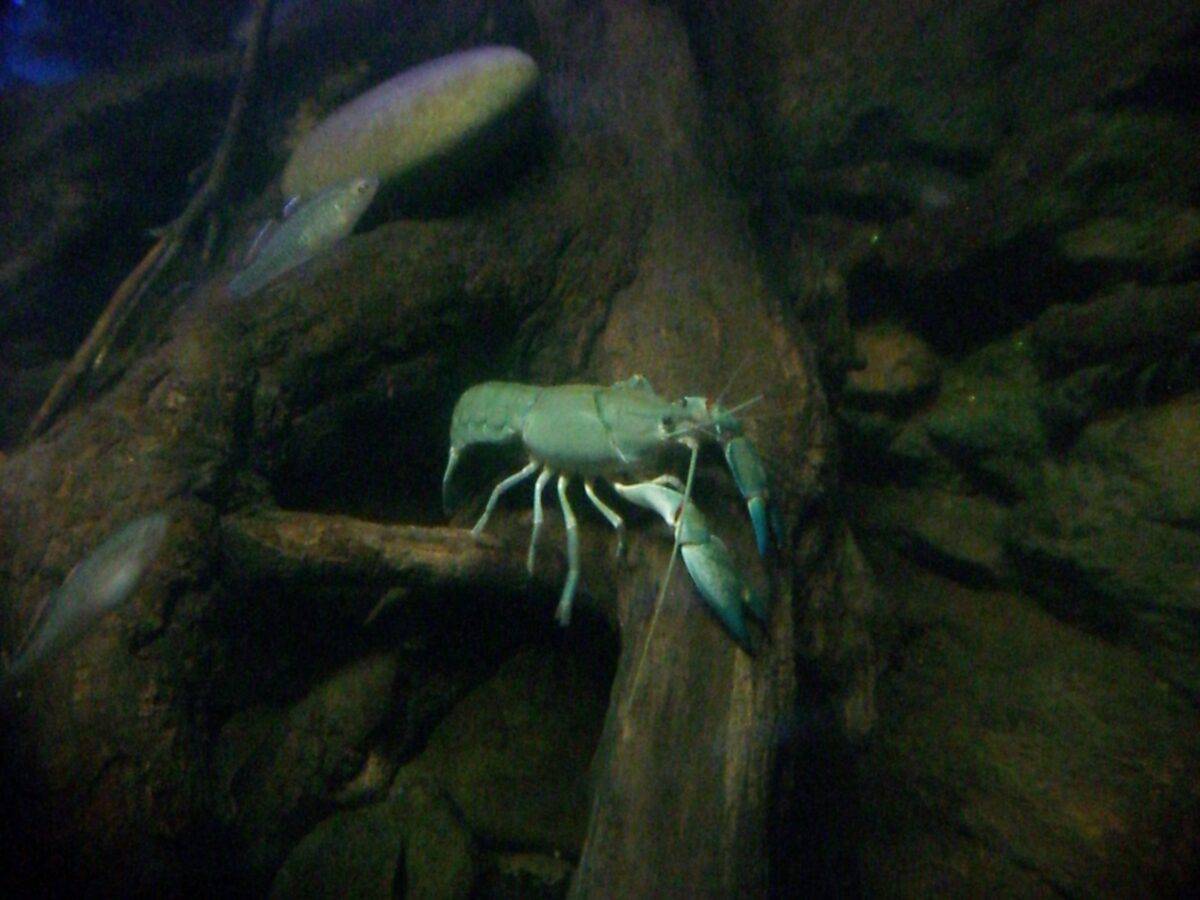
| Scientific Name | Cherax destructor |
| Where It Lives | Streams, swamps and rivers in Australia |
| What It Eats | They are scavengers and eat any sinking food that fish eat. |
| Conservation Status | Vulnerable, according to the IUCN |
Fun Fact: A Yabby can travel many kilometers across dry land.
The Yabby is a freshwater crayfish species found in many parts of Australia. It is also called the Cyan Yabby due to its bright blue color. Catching these animals is a popular activity in Australia.
2. Yak
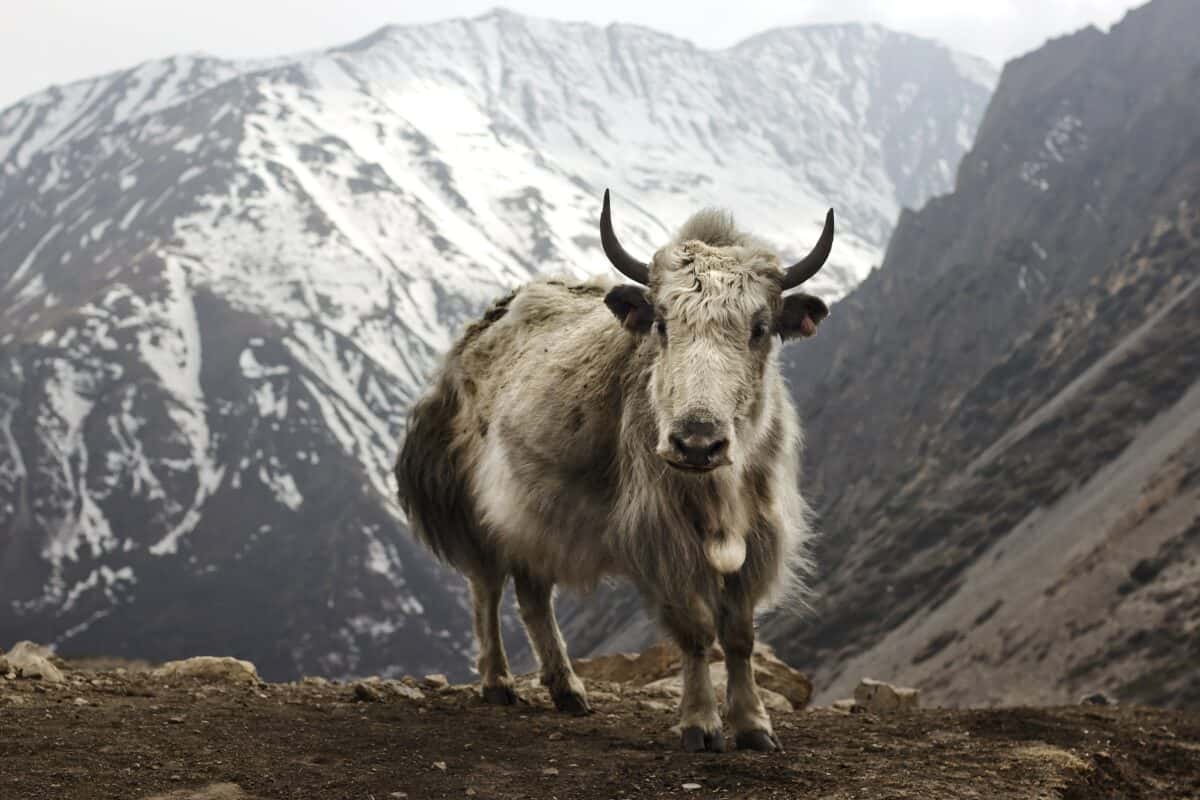
| Scientific Name | Bos grunniens |
| Where It Lives | Remote, high-elevation Tibetan plateau regions |
| What It Eats | They are herbivorous and eat grasses and shrubs. |
| Conservation Status | Vulnerable, according to the IUCN |
Fun Fact: Yaks, with their hefty fur, find it challenging to navigate lower altitudes, where milder temperatures lead to heat fatigue.
Living in Tibet, China, and Central Asia, these creatures carry some weight, literally and figuratively. Their thick coats make them well-equipped to endure chilly temperatures and thrive in locations with diminished oxygen levels. They are perfectly adapted for life on mountain peaks.
4. Yellow Ground Squirrel
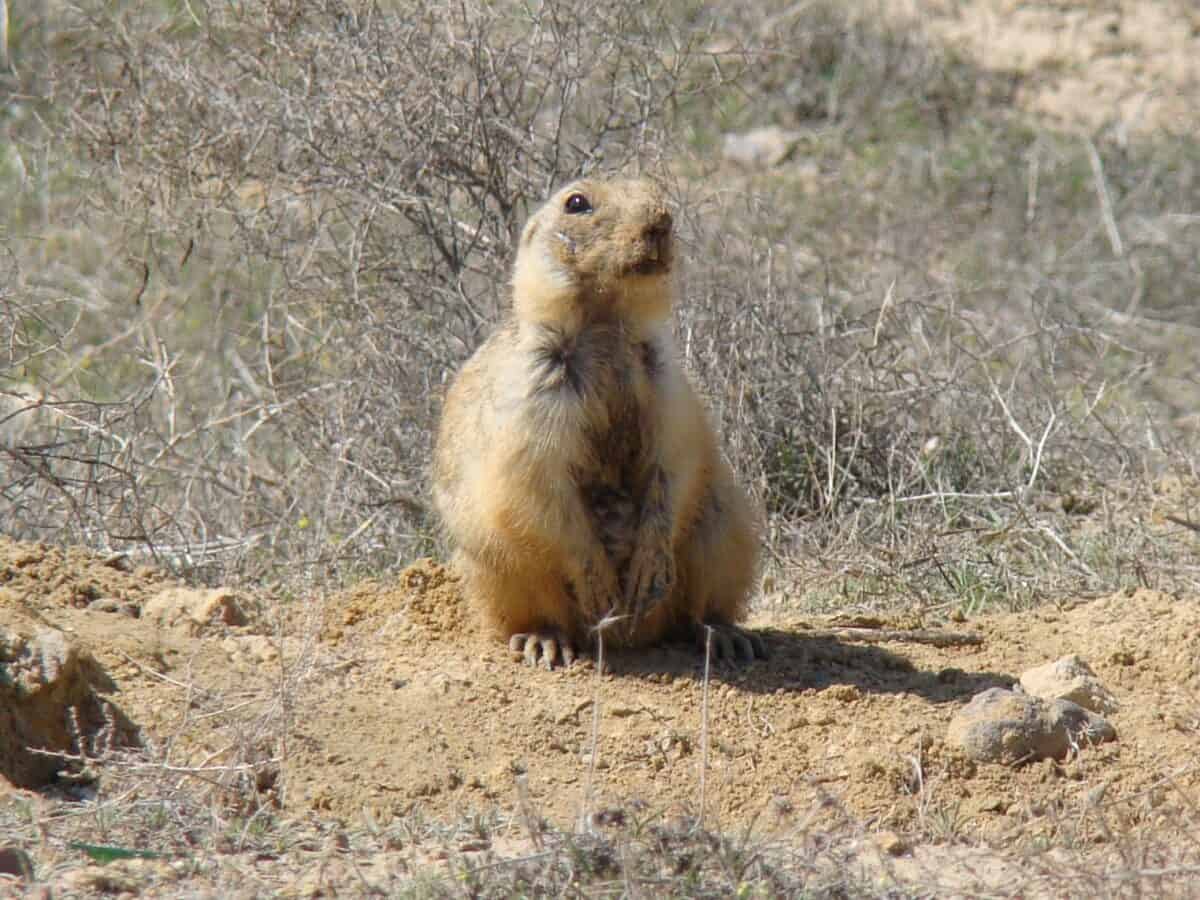
| Scientific Name | Spermophilus fulvus |
| Where It Lives | Sandy steppes in Afghanistan, China, Iran, Kazakhstan, Turkmenistan, Uzbekistan and Russia |
| What It Eats | Bulbs, seeds, stems and leaves |
| Conservation Status | Least Concern, according to the IUCN |
Fun Fact: Yellow Ground Squirrels not only hibernate but also indulge in aestivation. Picture this as summertime hibernation, a unique twist in their seasonal rhythms!
Thriving in the sandy steppes, these creatures make their home amidst the vast landscapes, feasting on seeds, leaves, bulbs, and stems.
4. Yellow Mongoose
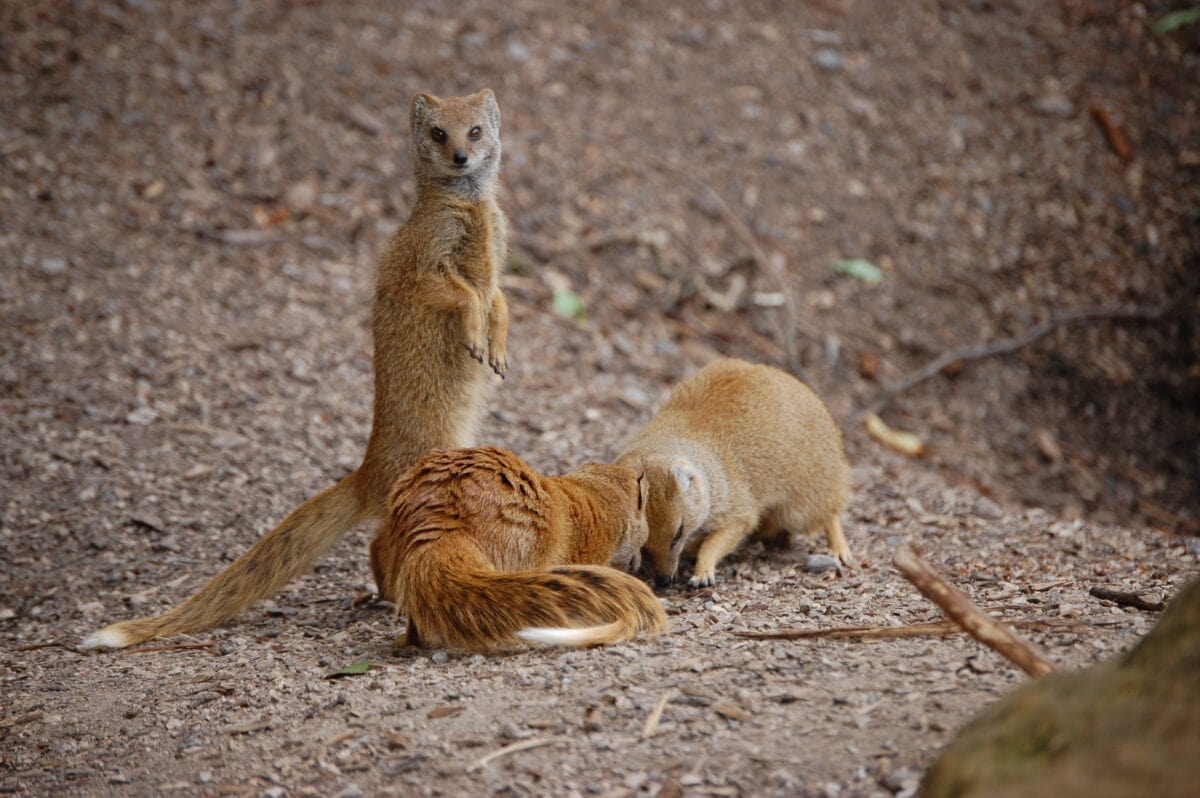
| Scientific Name | Cynictis penicillata |
| Where It Lives | Africa |
| What It Eats | Insects and other invertebrates, sometimes small rodents, reptiles, and amphibians. |
| Conservation Status | Least concern, according to the IUCN |
Fun Fact: Certain yellow mongooses can harbor the rabies virus for years, remaining symptom-free yet capable of spreading infection.
Meet a mongoose species abundant in Southern Africa. Their fur coat ranges from yellow to reddish. Their long tails help them maintain balance when standing in an upright stance.
5. Yellow Sac Spider
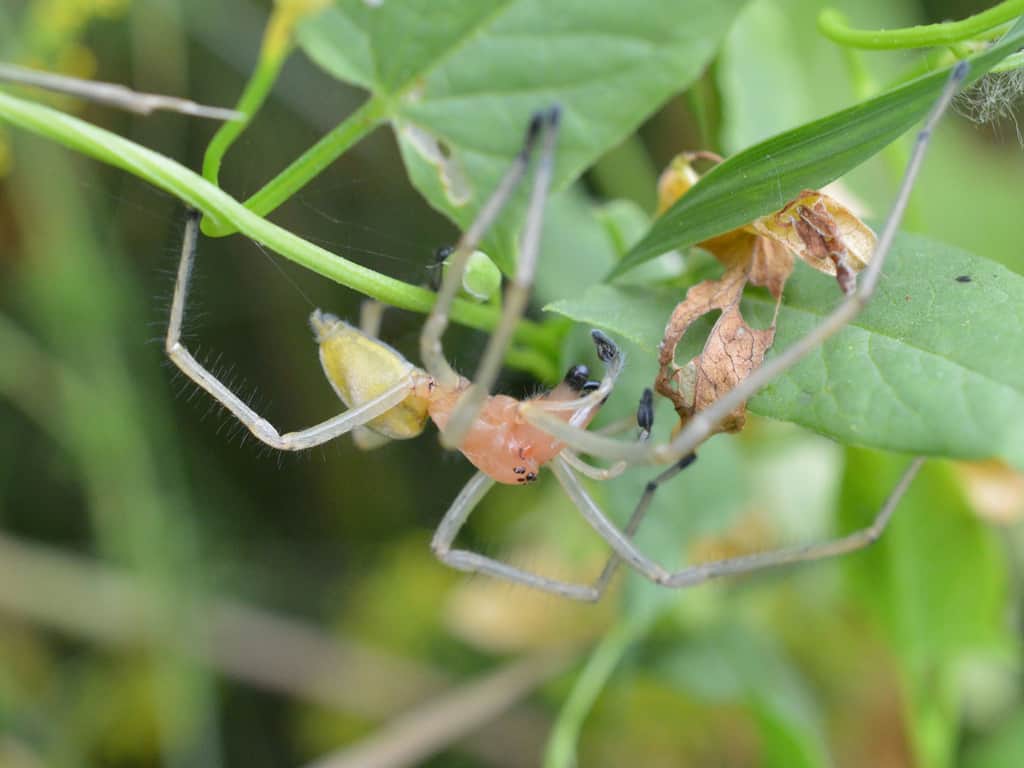
| Scientific Name | Cheiracanthium |
| Where It Lives | It can be found under stones and leaves |
| What It Eats | Insects |
| Conservation Status | No conservation status |
Fun Fact: Unlike many spiders that rely on webs to catch prey, the Yellow Sac Spider takes a more proactive approach by actively hunting its prey.
In various regions across America, you’ll find the Yellow Sac Spider, accompanied by similar species in different corners of the globe. These nocturnal arachnids construct diminutive web sacs to serve as their daytime retreat.
6. Yellow-eyed Penguin
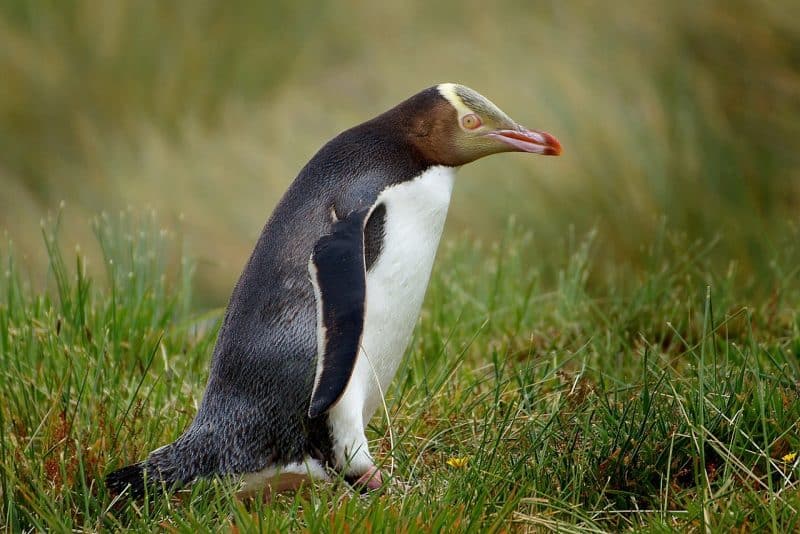
| Scientific Name | Megadyptes antipodes |
| Where It Lives | New Zealand |
| What It Eats | Red cod, opal fish, sprat and squid |
| Conservation Status | Endangered, according to the IUCN |
Fun Fact: These are the rarest species of penguins on the planet.
This is the fourth-largest penguin in the world. They are native to New Zealand. They are easily distinguished by their yellow eyes and the yellow stripe that runs from one eye to the other behind their head.
7. Yellowfin Tuna

| Scientific Name | Thunnus albacares |
| Where It Lives | Tropical and sub-tropical oceans around the world |
| What It Eats | Fish, squid and crustaceans |
| Conservation Status | Near threatened, according to the IUCN |
Fun Fact: Newly hatched Yellowfin tuna are almost microscopic.
The long yellow fins that protrude from this tuna’s back and stomach make it distinctive. It may weigh about 450 pounds and is the second most commonly eaten tuna species.
8. Yeti Crab
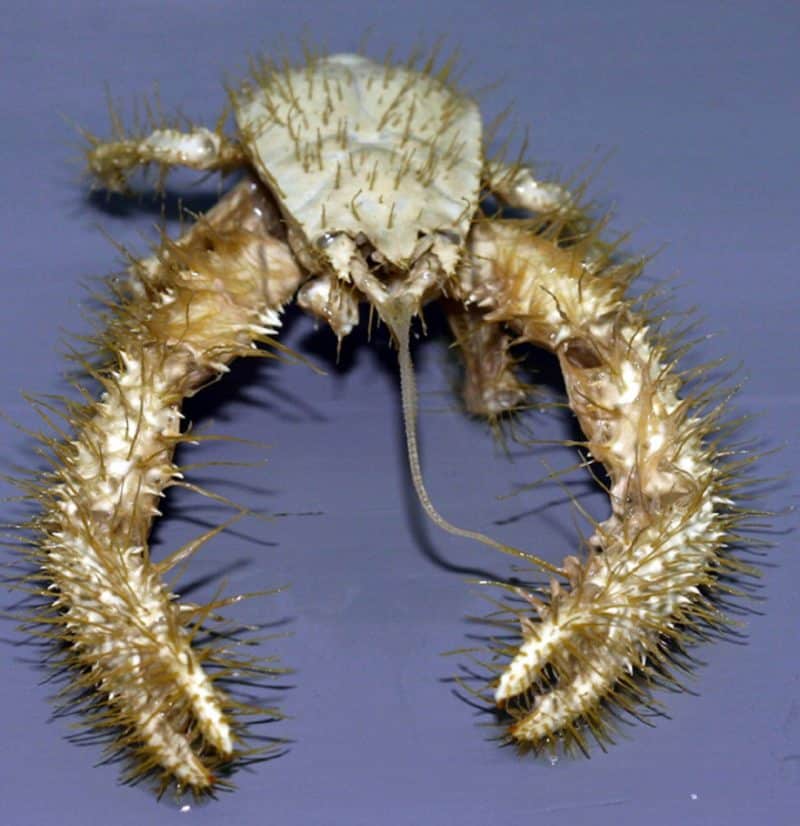
| Scientific Name | Kiwa hirsuta |
| Where It Lives | Pacific-Antarctic ridge, south of Easter Island, along hydrothermal vents. |
| What It Eats | Feed primarily through chemosynthesis, relying on the bacteria that live on their hairy appendages. |
| Conservation Status | Vulnerable, according to the IUCN |
Fun Fact: Yeti crabs stay on top of each other near hydrothermal vents for warmth; these mounds may have up to 700 crabs per square meter.
This is a species of deep-sea crabs that live near hydrothermal vents. They got their name from the ‘hair’ on their arms, which they use to gather bacteria to eat.
9. Yellow-winged Bat
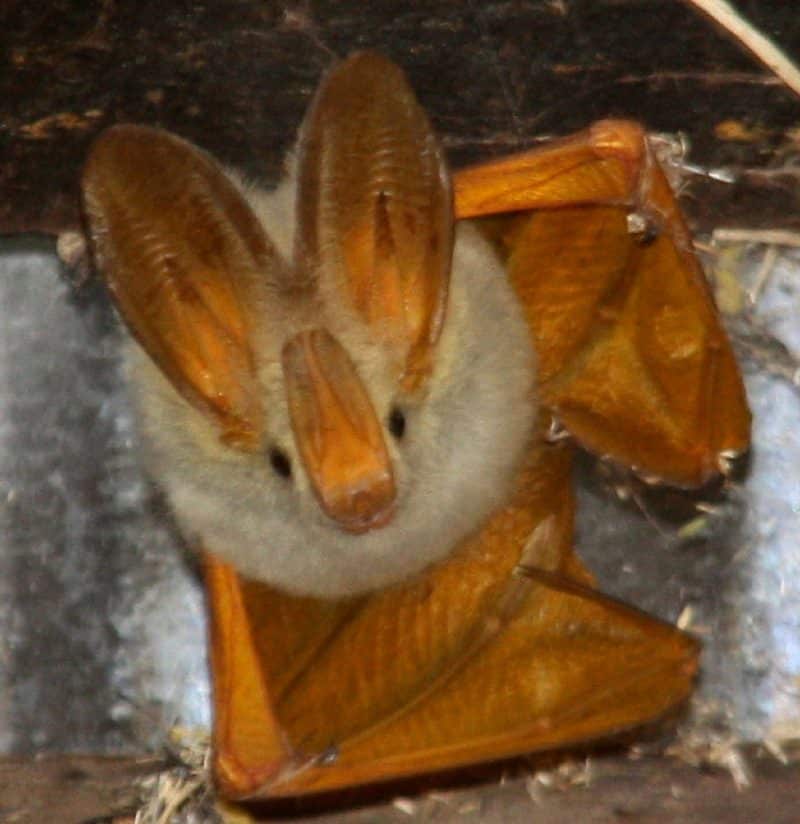
| Scientific Name | Lavia frons |
| Where It Lives | Africa |
| What It Eats | Insects |
| Conservation Status | Least Concern |
Fun Fact: Yellow-winged bats usually have two roosts at any time.
The Yellow-winged bat is a species of false vampire bats found in Africa. These bats feed on insects and live in trees, cavities, and sometimes buildings.
10. Yuma Myotis
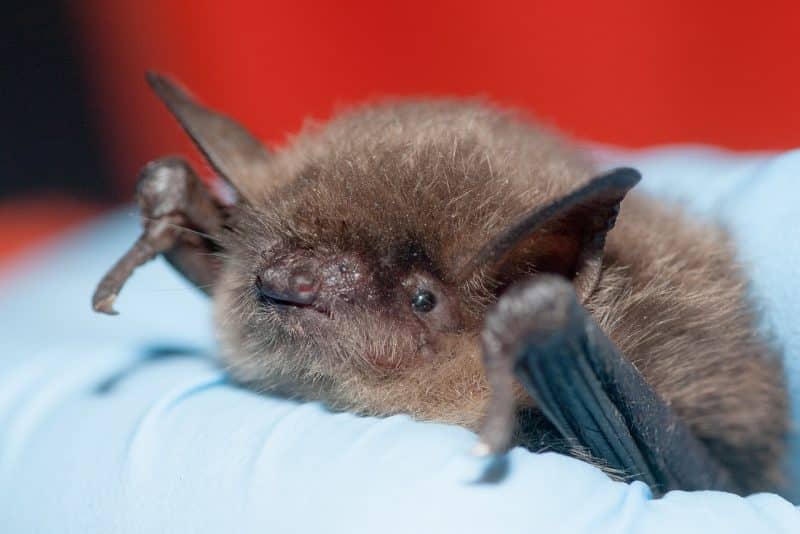
| Scientific Name | Myotis yumanensis |
| Where It Lives | Western United States and Mexico |
| What It Eats | Insects |
| Conservation Status | Least Concern, according to the IUCN |
Fun Fact: The Yuma Myotis also uses its interfemoral membrane as a pouch to help it snag larger insects.
The Yuma Myotis is a species of vesper bats found in North America. It has a dull coat that is significantly lighter on the underside and an interfemoral membrane that aids its flight.
11. Yellow-throated Marten
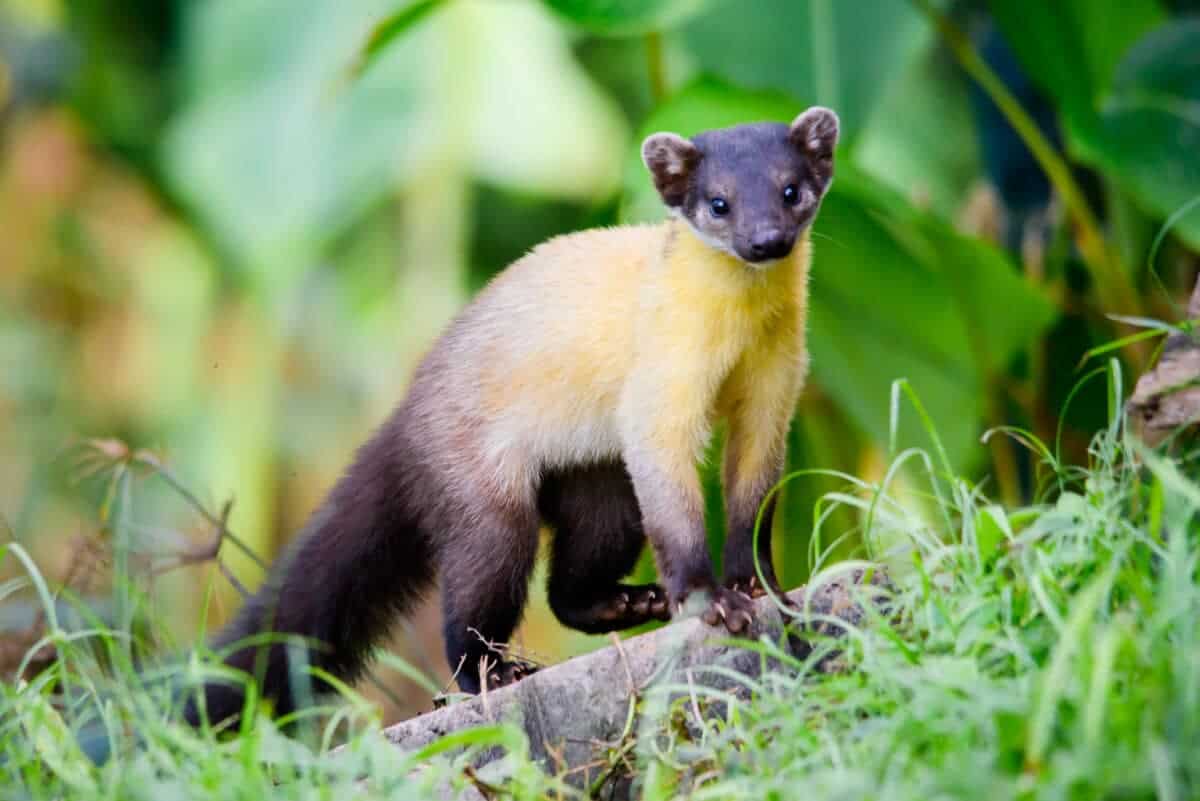
| Scientific Name | Martes flavigula |
| Where It Lives | Asia |
| What It Eats | Small mammals, birds, insects. |
| Conservation Status | Least Concern, according to the IUCN |
Fun Fact: Yellow-throated martens prey on rats, mice, snakes, and nesting birds. They have also been reported to have killed cats and poultry.
The Yellow-throated Marten is the largest of the old-world martens in existence. It has beautiful fur blending white, yellow, brown, and black. To sum up, they are native to Asia.
12. Yellowhammer
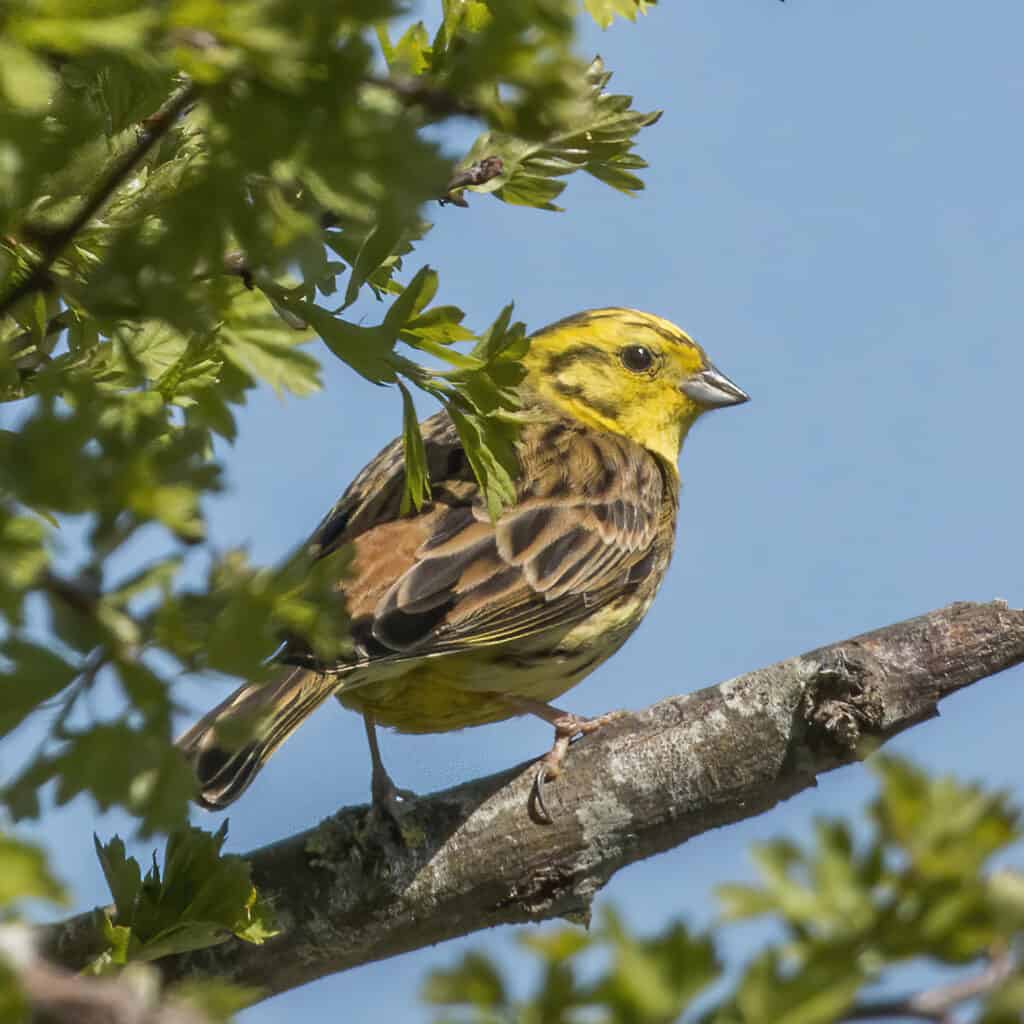
| Scientific Name | Emberiza citrinella |
| Where It Lives | Europe and Asia |
| What It Eats | Seeds and insects |
| Conservation Status | Least Concern, according to the IUCN |
Fun Fact: The eggs of the Yellowhammer feature dark scribbles resembling ink markings as if someone has been scribbling on them!
Spread across numerous regions globally, this bunting bird species showcases its presence. The mature male Yellowhammer stands out with vibrant yellow plumage on its head and undersides, while others display a more subdued color palette following the same pattern.
13. Yacare Caiman
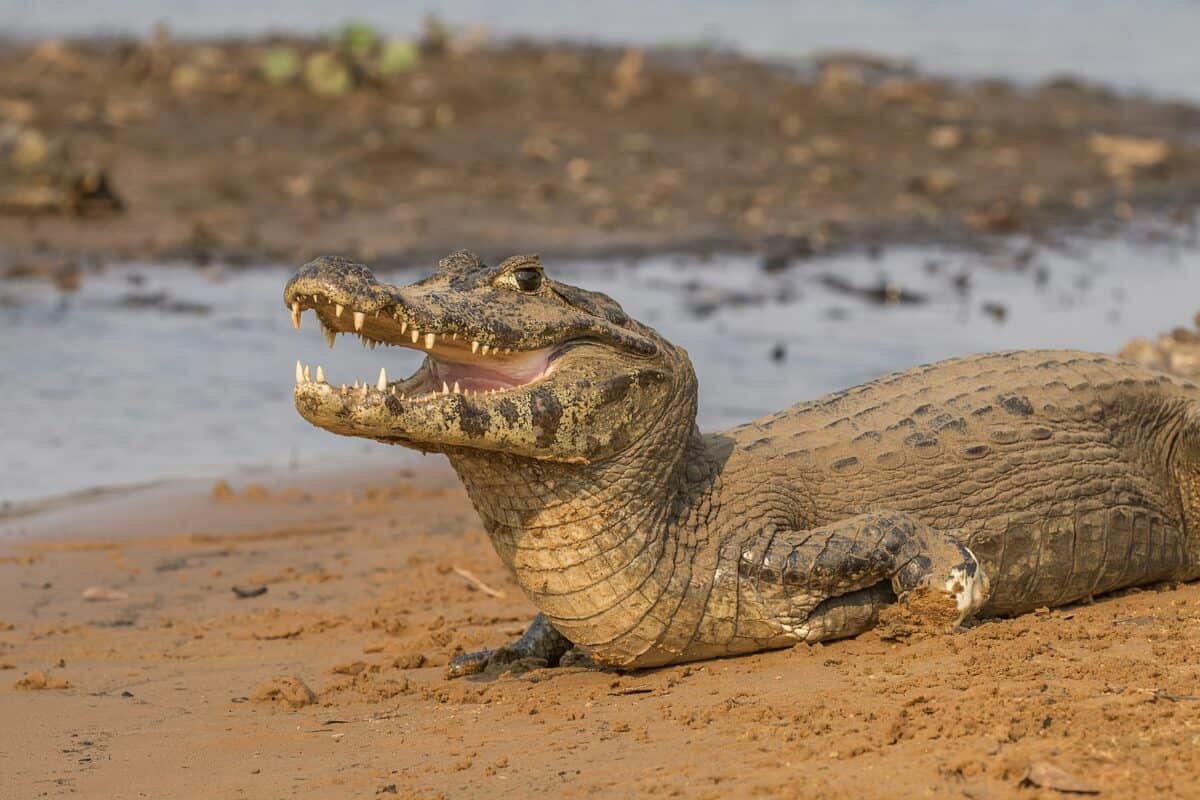
| Scientific Name | Caiman yacare |
| Where It Lives | South America |
| What It Eats | Fish, birds, and small mammals |
| Conservation Status | Least Concern, according to the IUCN |
Fun Fact: After hatching, Yacare Caimans display a unique behavior – they consume the shells of their own young.
The Yacare Caiman is native to Bolivia, Argentina, Paraguay and Brazil. In the 1980s, these creatures faced significant hunting pressure for their valuable skins. Fortunately, stringent conservation measures have led to a rebound in their population.
14. Yellow-footed Antechinus
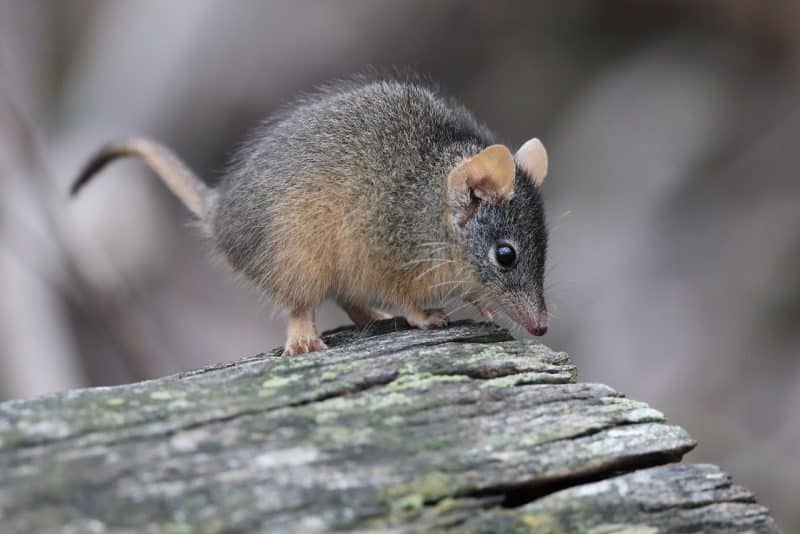
| Scientific Name | Antechinus flavipes |
| Where It Lives | Australia |
| What It Eats | Insects, small vertebrates |
| Conservation Status | Least Concern, according to the IUCN |
Fun Fact: Yellow-footed Antechinus have a short life span of less than a year.
You can find this tiny marsupial in Australia. Similar to many marsupials, it possesses a pouch, yet it resembles a shrew in appearance.
15. Yellowjacket
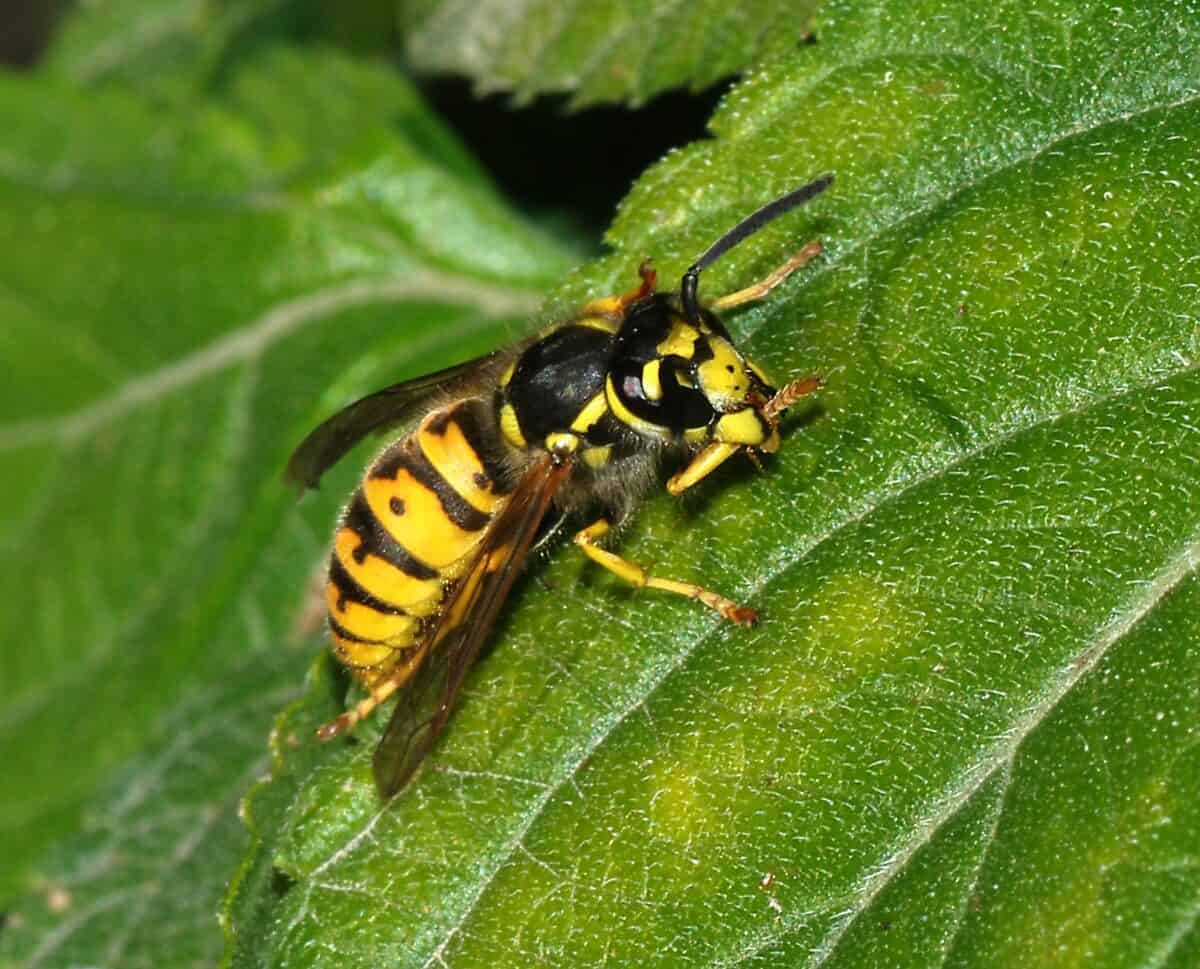
| Scientific Name | Vespula spp. / Dolichovespula spp. |
| Where It Lives | Worldwide |
| What It Eats | Insects |
| Conservation Status | Not Specified |
Fun Fact: Since they feed on crop pests, yellowjackets benefit agriculture.
The Yellowjacket is an aggressive species of wasp that can be found anywhere humans reside. They have yellow and black stripes that are similar to that of Bees.
16. Yellow-backed Duiker

| Scientific Name | Cephalophus silvicultor |
| Where It Lives | Central and West Africa |
| What It Eats | Fruits, seeds, leaves, and small animals |
| Conservation Status | Least Concern, according to the IUCN |
Fun Fact: Yellow-backed duikers have yellow hairs on their back that stand when they are threatened.
Another interesting member of the animals that start with y club. This is the most common type of duiker in western and central Africa. These speedy animals are quick to bolt at the sign of a threat.
17. Yellow Anaconda
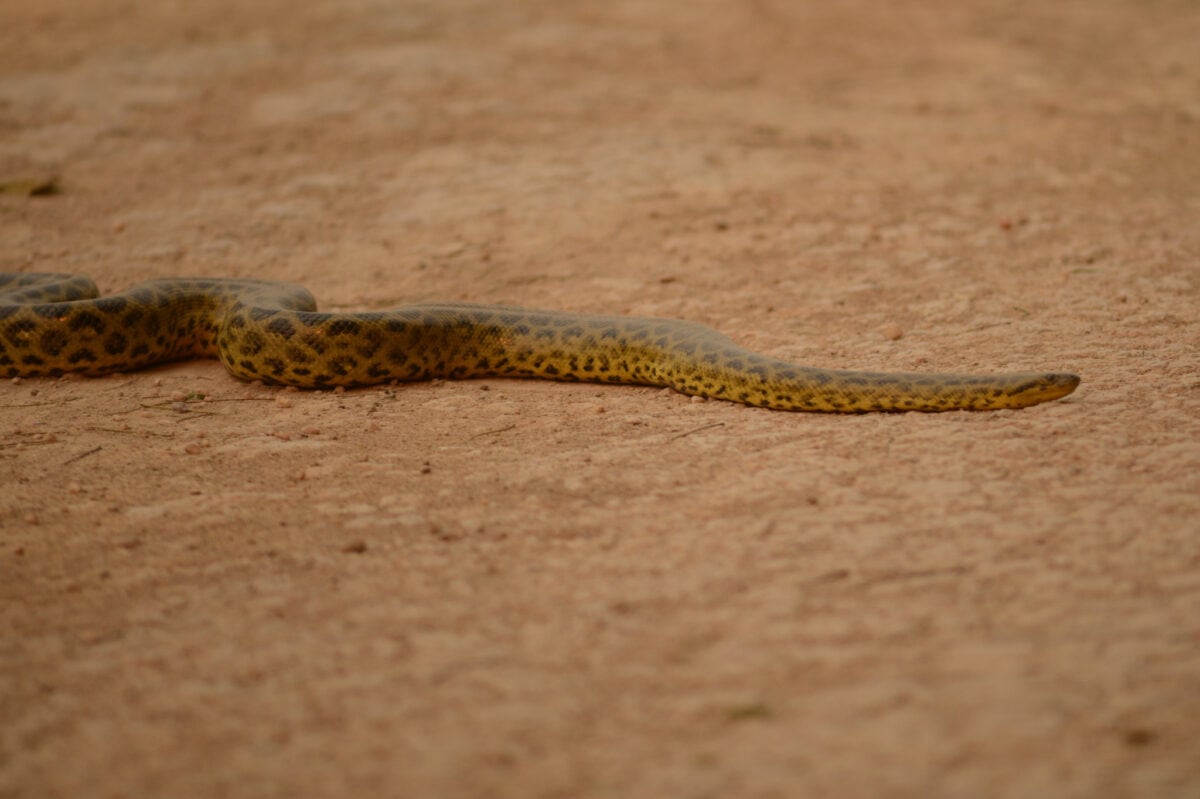
| Scientific Name | Eunectes notaeus |
| Where It Lives | South America |
| What It Eats | Fish, birds, small mammals |
| Conservation Status | Data Deficient |
Fun Fact: Yellow Anacondas are not venomous, they kill prey by squeezing them to death.
This is a snake species found in many regions of South America. It is one of the largest snakes in the world and can be found near bodies of water.
18. Yellow-eye Rockfish
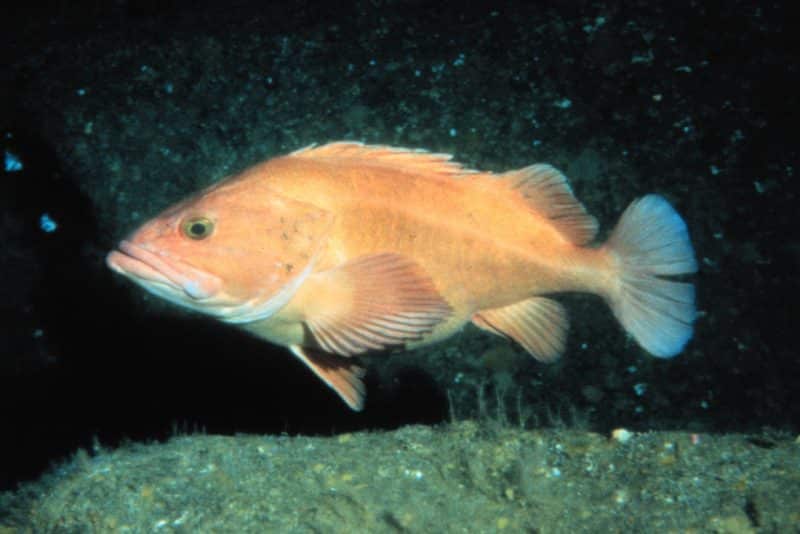
| Scientific Name | Sebastes ruberrimus |
| Where It Lives | North Pacific Ocean |
| What It Eats | Small fish |
| Conservation Status | Not Specified |
Fun Fact: The Yellow-eye Rockfish boasts an impressive lifespan, with some individuals living up to 120 years.
Residing in the eastern Pacific, the Yellow-eye Rockfish is a sizable fish species. Notably, these fish undergo a captivating color transformation as they age, transitioning from reddish hues to vibrant orange and eventually to a pale yellow shade.
19. Yungas Pygmy Owl
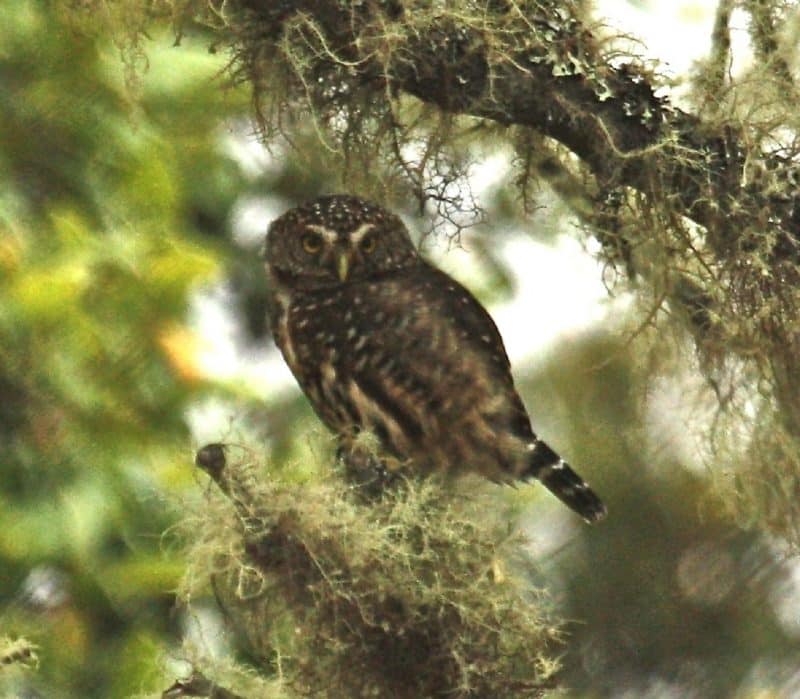
| Scientific Name | Glaucidium nana |
| Where It Lives | South America |
| What It Eats | Insects, small vertebrates |
| Conservation Status | Data Deficient |
Fun Fact: Yungas Pygmy Owls can turn their necks up to 270 degrees like all owls.
The Yungas Pygmy Owl is a species of owl found in Argentina, Bolivia, and Peru. Also, these owls have dark feathers and false eyes on their napes to trick attackers.
20. Yellow-banded Poison Dart Frog

| Scientific Name | Dendrobates leucomelas |
| Where It Lives | Northern South America |
| What It Eats | Insects |
| Conservation Status | Least Concern, according to the IUCN |
Fun Fact: These frogs rely on eating certain insects for their poison. Therefore, without those, they’d become harmless.
These frogs are found in Venezuela, Brazil, and the eastern edges of Columbia. They are highly poisonous and noted for their yellow and black coloration.
Summary of animals Starting With Y
Several of these animals that start with y are more common than you might think and could live closer to you than expected. Keep an eye out as you explore nature, and you will be surprised at how many you can spot. Take a look at this exciting list of animals that start with u.
Full Alphabet:
- Animals That Start With A
- Animals That Start With B
- Animals That Start With C
- Animals That Start With D
- Animals That Start With E
- Animals That Start With F
- Animals That Start With G
- Animals That Start With H
- Animals That Start With I
- Animals That Start With J
- Animals That Start With K
- Animals That Start With L
- Animals That Start With M
- Animals That Start With N
- Animals That Start With O
- Animals That Start With P
- Animals That Start With Q
- Animals That Start With R
- Animals That Start With S
- Animals That Start With T
- Animals That Start With U
- Animals That Start With V
- Animals That Start With W
- Animals That Start With X
- Animals That Start With Z
Join our Forum for free today!

- These are The 5 Largest Great White Sharks Ever Recorded - July 19, 2024
- The Surprising Benefits of Big Game Hunting - July 18, 2024
- $100k+ Hunting Experiences The Most Expensive Animals to Pursue - July 17, 2024

